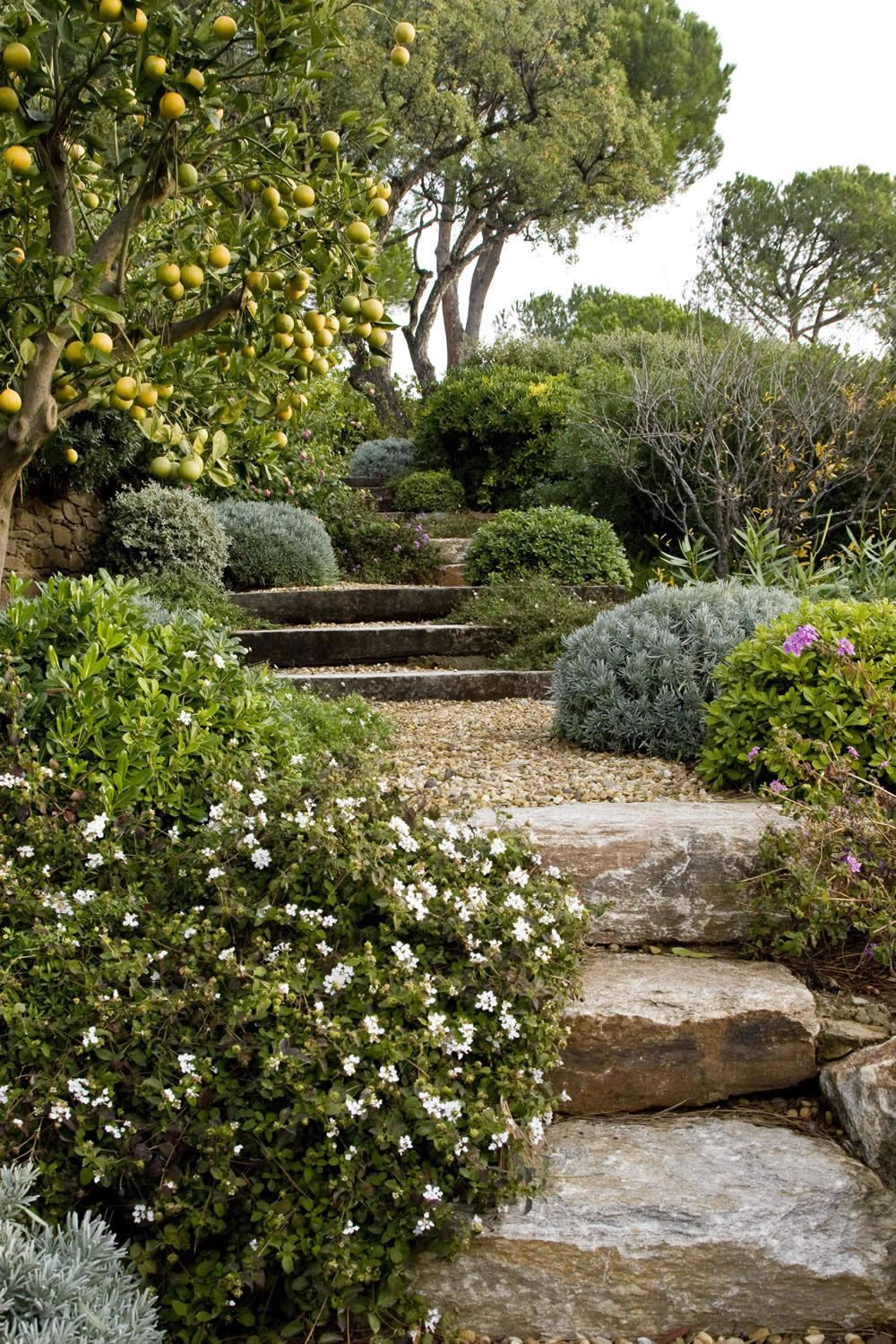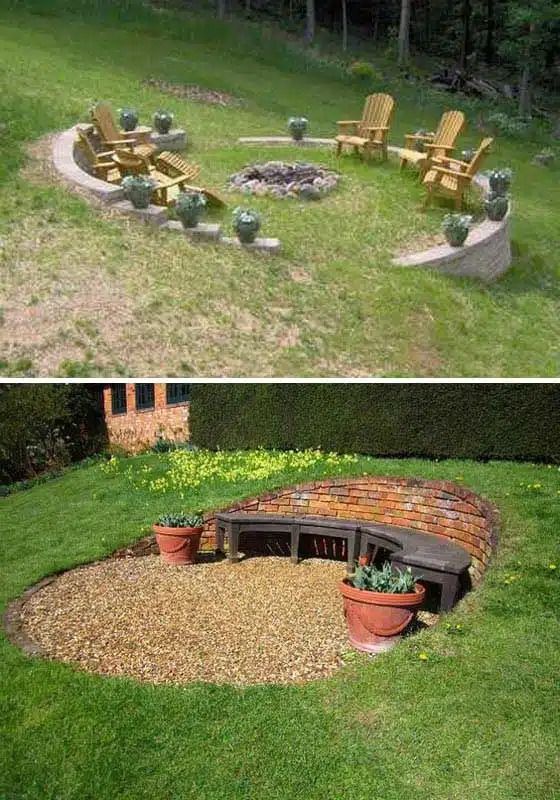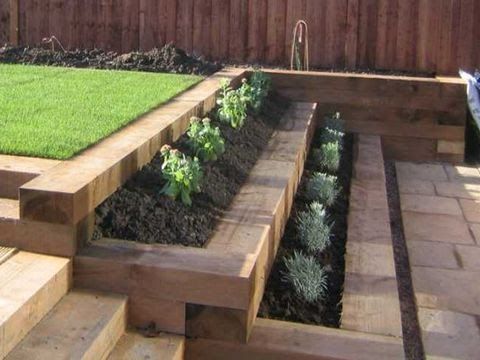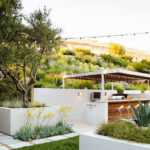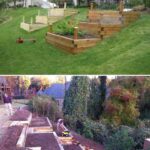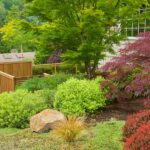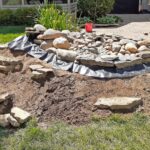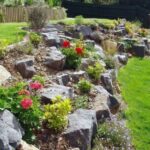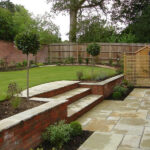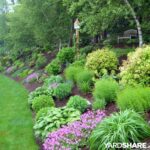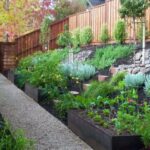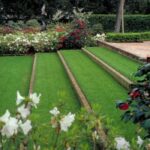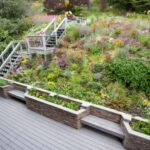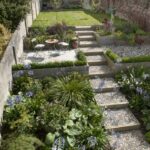Gardening on a slope can present unique challenges, but with a bit of creativity and the right approach, it can also offer exciting opportunities to create a stunning and dynamic garden space. Here are some garden ideas for making the most of a sloped landscape.
One popular option for gardening on a slope is to create terraced beds. By building retaining walls or terraces, you can create multiple levels for planting and create a visually striking garden. This not only helps to prevent soil erosion but also allows you to showcase a variety of plants at different heights, adding depth and interest to the landscape.
Another idea for gardening on a slope is to use a mix of groundcover plants and shrubs to create a cohesive and low-maintenance garden. Groundcover plants like creeping thyme or vinca can help to prevent erosion and provide a lush carpet of greenery, while shrubs can add structure and height to the garden. By choosing plants that are suited to the specific conditions of your slope, you can create a beautiful and functional garden that requires minimal upkeep.
Consider adding a staircase or series of steps to your sloped garden to create easy access and add a sense of structure to the space. Whether you opt for wooden stairs, stone steps, or a more natural-looking path, incorporating a staircase can help to make your garden more inviting and user-friendly. You can also use the steps as an opportunity to add additional plantings, such as potted flowers or herbs, to enhance the overall look of the garden.
Utilizing raised beds is another great idea for gardening on a slope. By building raised beds, you can create a level planting area that helps to prevent soil erosion and provides better drainage for your plants. Raised beds also make it easier to tend to your garden, as you can work at a more comfortable height and reduce the need for bending or kneeling. You can build raised beds using a variety of materials, such as wood, stone, or even recycled materials like old tires or pallets.
Embrace the natural beauty of your sloped garden by incorporating elements like rocks, boulders, and other natural materials into your design. These features can help to create a sense of cohesion and harmony with the surrounding landscape, as well as add texture and interest to your garden. Consider creating a rock garden, using natural stone to create retaining walls, or incorporating boulders as focal points throughout the space. By working with the natural features of your slope, you can create a garden that feels organic and integrated with its surroundings.
Finally, don’t forget to consider the practical aspects of gardening on a slope, such as water management and soil erosion. Installing a drip irrigation system can help to ensure that your plants receive the proper amount of water, while also conserving resources and reducing runoff. You may also want to consider planting erosion control plants, such as grasses or groundcovers, to help stabilize the soil and prevent erosion. With careful planning and attention to detail, you can create a beautiful and sustainable garden on a slope that will provide years of enjoyment and beauty.
 yishifashion Where Outdoor Dreams Become Reality
yishifashion Where Outdoor Dreams Become Reality
